12 lenses of Christmas: We got our hands on Canon's $13,000 bazooka lens in September 2022
Tamron led the way for breaking news in September and we reviewed some new Canon RF and RF-S lenses
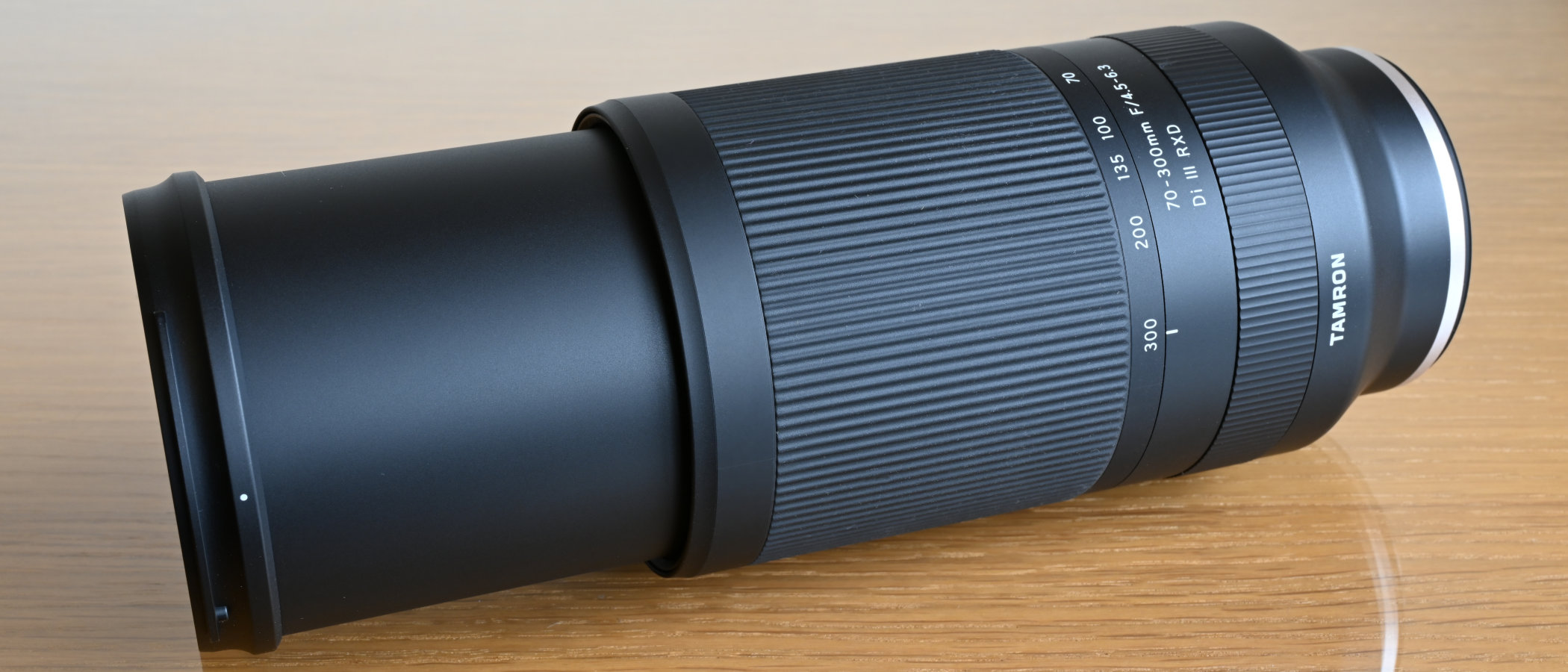
A compact, lightweight telephoto zoom was still conspicuously absent from Nikon’s Z system collection but Tamron stepped in to fill the gap with its 70-300mm F/4.5-6.3 Di III RXD (Model A047). A relatively affordable lens with a classic zoom range, it was a rejigged version of a lens that was originally launched in Sony E-mount guise.
See other installments in our 12 lenses of Christmas series
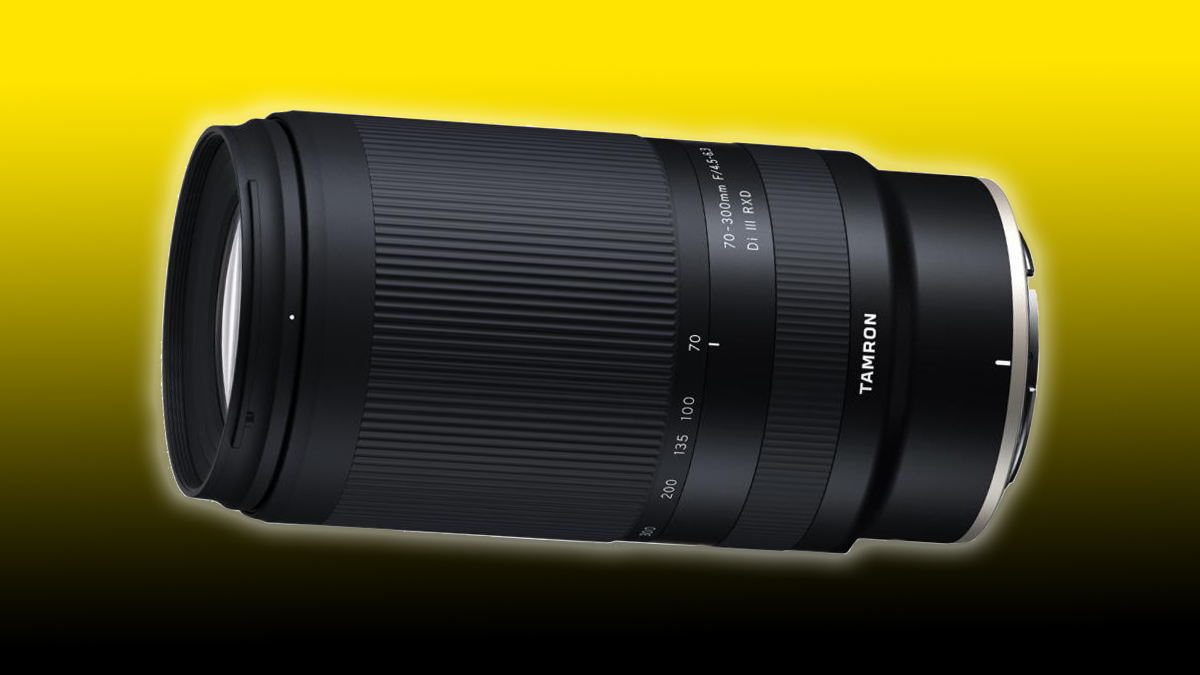
Another telephoto conversion job saw the launch of the Tamron 150-500mm F/5-6.7 Di III VC VXD (Model A057X), again being the repurposing of a Sony E-mount lens but this time for Fujifilm X system cameras. As such, it gives a monster effective zoom range of 225-750mm. It became Tamron’s third in a growing collection of X-mount lenses.
On the wide-angle front, a full-frame compatible Nikon Z system lens designed by Tamron launched as the Nikon Z 17-28mm f/2.8, this one being tweaked and rebadged as an own-brand Nikkor lens. Like the sibling ‘Nikon’ 28-75mm zoom, it offers a compact and lightweight alternative ‘trinity’ zoom with a slightly different zoom range than usual but still with a fast and constant f/2.8 aperture.
Tamron also announced a brand new 20-40mm f/2.8 Di III VXD zoom lens for Sony E-mount cameras, shoehorning wide viewing angles into a really compact and lightweight design, again with a fast and constant f/2.8 aperture rating.
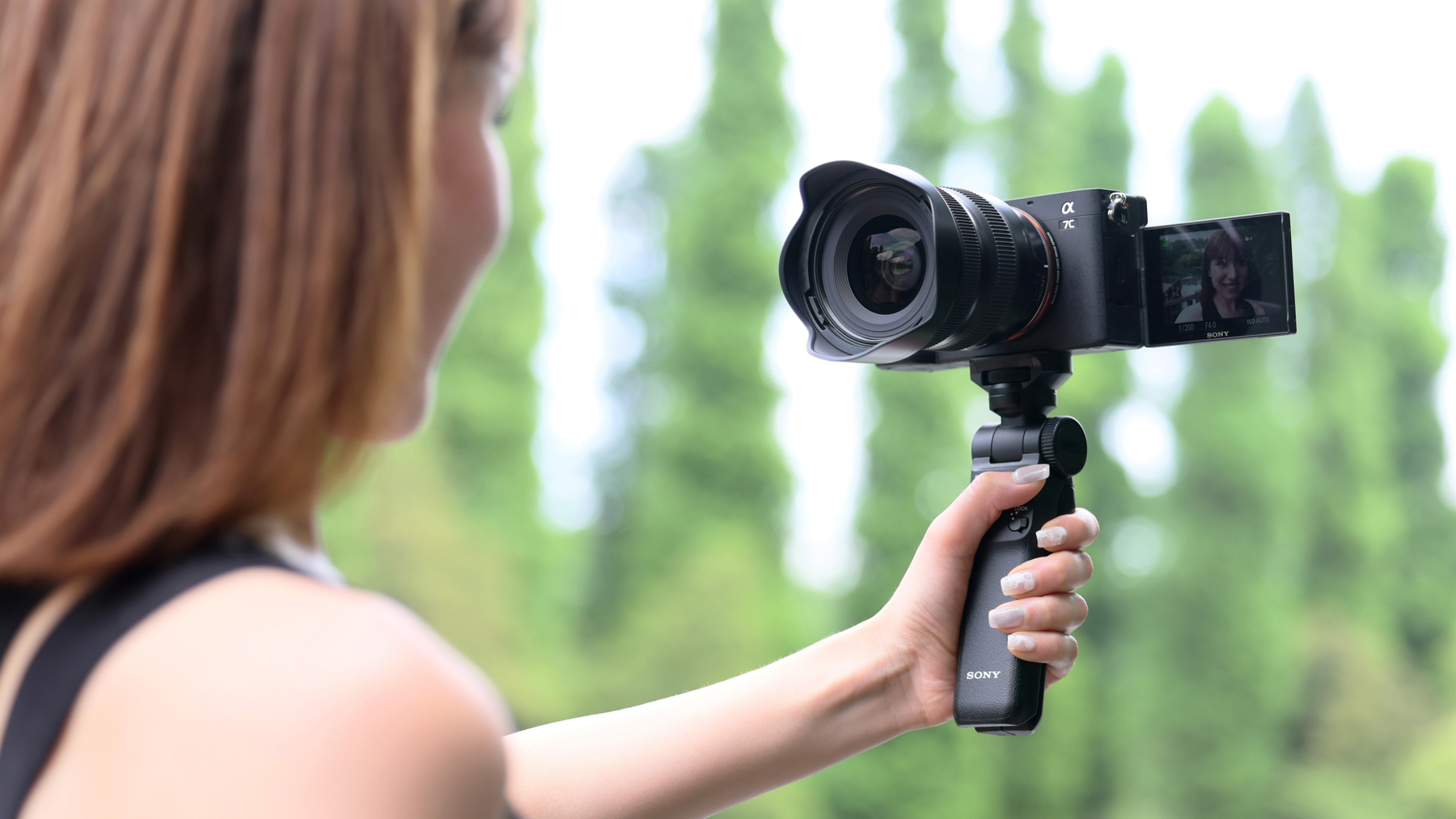
Nikon certainly hasn’t been slack in announcing new lenses of its own design and released an updated roadmap in September, adding four additional lenses that took the total count up to nearly 40. New lenses included full-frame compatible 35mm and 135mm primes, along with a 70-180mm zoom, and in the DX camp, a new Z DX 12-28mm PZ, ideal for wide-angle videography.
Meanwhile, at The Photography Show, we got our hands on the mighty Canon RF 600mm F4L IS USM, an absolute dream of a super-telephoto prime for action, sports and wildlife photography, with a typically nightmarish price tag of around $13,000.
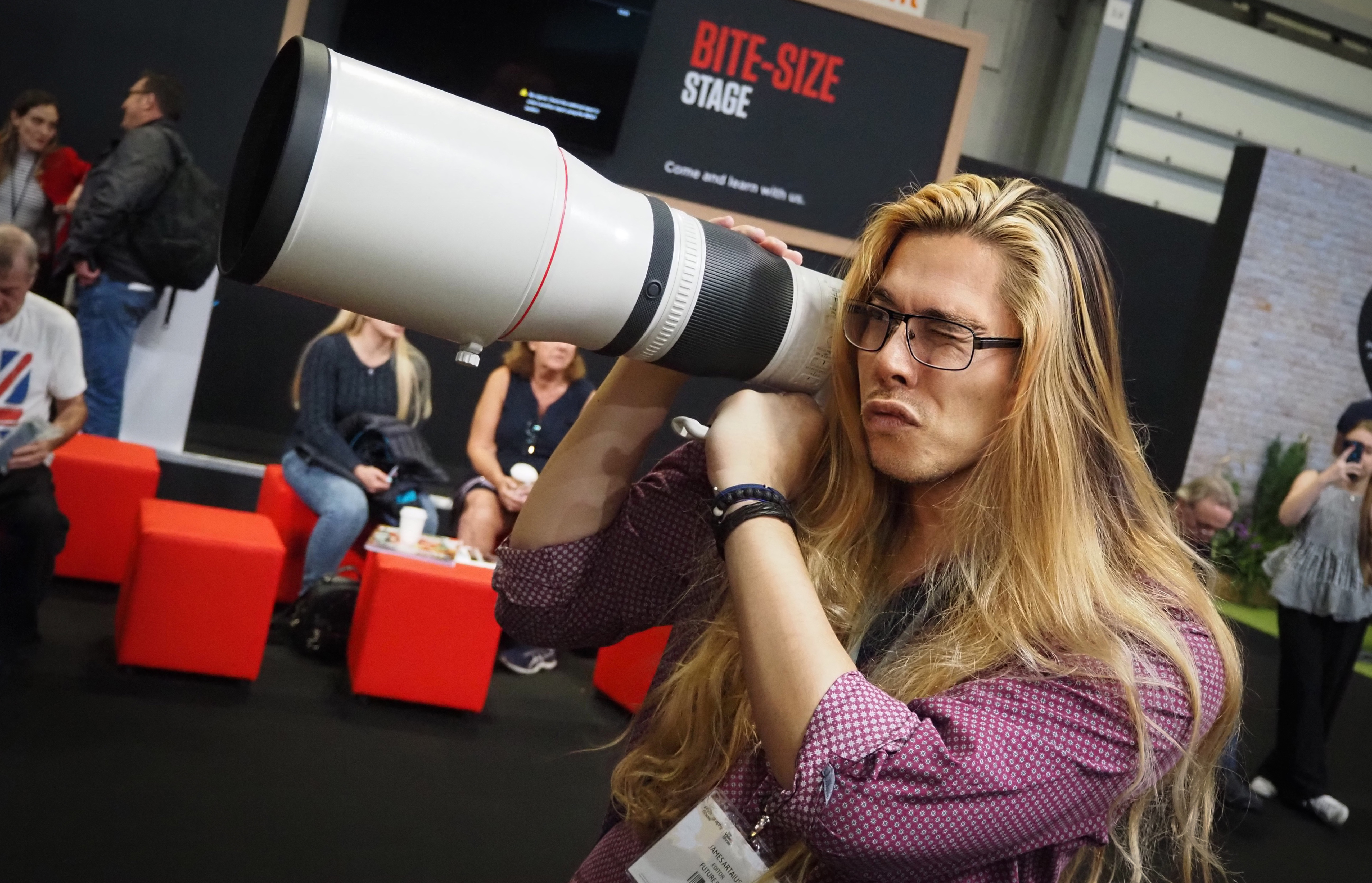
There was plenty of Fujifilm news in September, kicking off with the announcement that the Fujinon XF56mm F1.2 R WR was to get a makeover. Building on the success of the original lens, which excelled for portraiture, the revamped version was promised to have greater resolving power, a closer minimum focus distance and the addition of weather-seals. The improved resolution comes in the wake of the 40.2MP Fujifilm X-H2 and, with that camera in mind, Fujifilm also listed 20 lenses from the Fujinon line-up that can make the most of all those megapixels.
Get the Digital Camera World Newsletter
The best camera deals, reviews, product advice, and unmissable photography news, direct to your inbox!
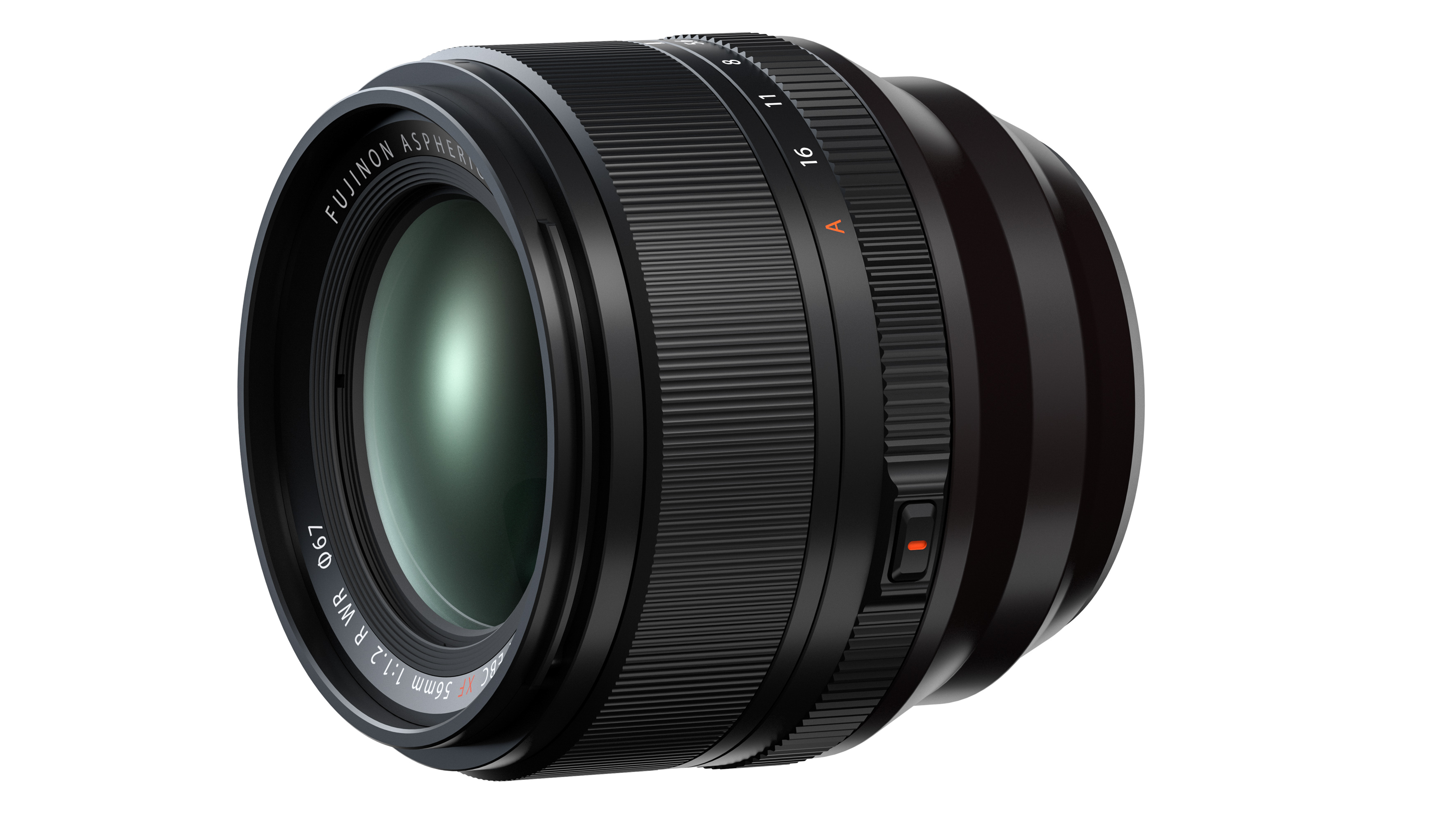
For Fujifilm shooters that love the retro look typical of X system cameras, you can max out on nostalgia with the Minox Color-Minotar 35mm f/2.8, as featured in the Minox 35 GT camera and now adapted for the Fujifilm X system.
Sticking with Fujifilm but taking a step up to medium format, the Fujinon GF20-35mm F4 R WR launched as the widest lens for the GFX system, going noticeably wider than the GF23mm F4 R LM WR prime lens. Further GFX news included the announcement of two tilt & shift lenses, namely the Fujinon GF30mm f/5.6 T/S and GF100mm f/5.6 T/S Macro.
New offerings from companies with a rich, long and highly renowned heritage in photography included the Leitz range of Hugo cine lenses, the initial set comprising seven full-frame lenses ranging from 21-90mm in focal length, all with a T1.5 aperture rating and recreating the look of Leica M glass. Hasselblad released three sumptuous new primes for its medium format X System, namely the Hasselblad XCD 2,5/38V, XCD 2,5/55V and XCD 2,5/90V. In full-frame terms, they equate to 30mm, 43mm and 71mm lenses.
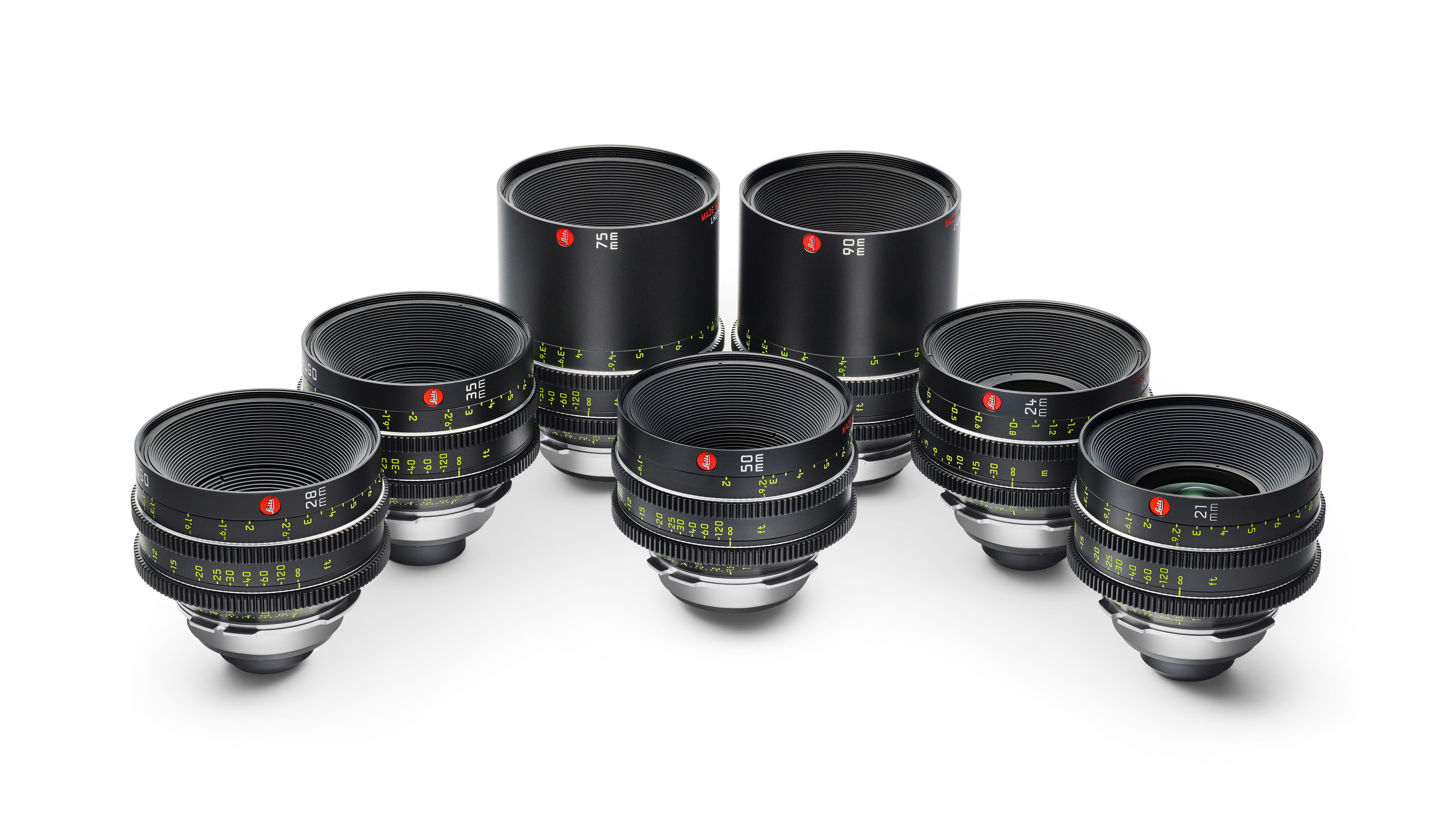
In other news, Samyang served up five new ‘V-AF’ autofocus prime lenses for Sony full-frame E-mount cameras, primarily aimed at videographers. And Panasonic announced its LUMIX S 18mm F1.8 (S-S18) prime for its full-frame range of L-mount mirrorless cameras. In the APS-C camp, Tokina announced its atx-m 11-18mm f/2.8 as the company’s first ever E-mount zoom lens.
NiSi, better known for its photographic filters, announced a new APS-C format 9mm f/2.8 ultra-wide-angle prime for Sony E and Fujifilm X system cameras. Leica reimagined its legendary Summilux 35mm f/1.4 ASPH lens and Laowa announced a new 58mm f/2.8 2X Ultra Macro APO lens for mirrorless cameras.
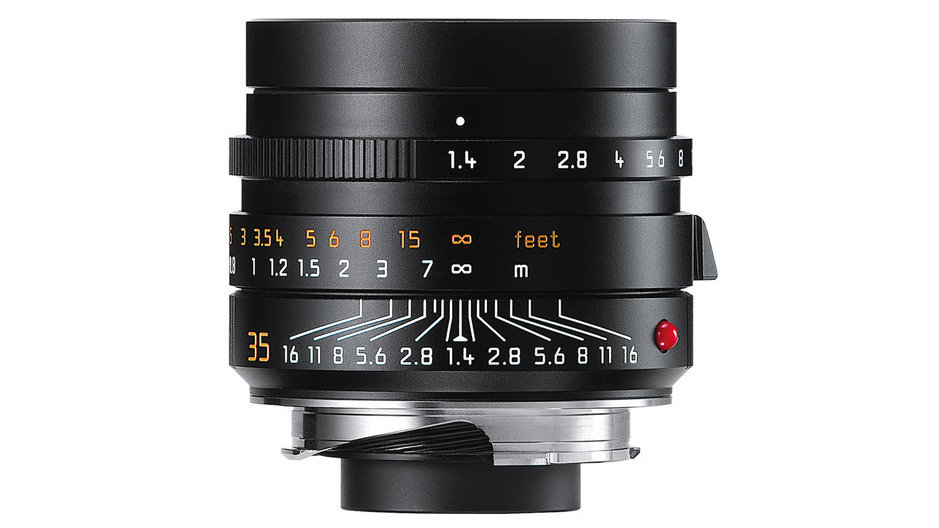
September’s review schedule kicked off with the wonderfully versatile, compact and lightweight Canon RF 14-35mm F4L IS USM. An instant classic for full-frame EOS R system cameras, we gave this lens a perfect 5-star rating. We weren’t quite so overwhelmed by the new Canon RF-S 18-45mm f/4.5-6.3 IS STM and Canon RF-S 18-150mm F3.5-6.3 IS STM but were still impressed by the dinky little delights.

For Sony APS-C format mirrorless cameras, we reviewed the Tokina atx-m 11-18mm F2.8 E, loving the compact, lightweight design, constant f/2.8 aperture and overall performance. We also tested the retro-tastic Leica 50mm APO Summicron-M f/2 ASPH, a classic lens with a typically ‘legendary’ price tag.
Back to basics
• What are the best camera lenses to buy?
Lenses for photography genres
• Best lenses for astrophotography
• Best lenses for bird photography
• Best lenses for landscape
Lenses for your camera
• Best Canon lenses
• Best Fujifilm lenses
• Best Nikon lenses
• Best Olympus lenses
• Best Panasonic lenses
• Best Pentax lenses
• Best Sony lenses
Matthew Richards is a photographer and journalist who has spent years using and reviewing all manner of photo gear. He is Digital Camera World's principal lens reviewer – and has tested more primes and zooms than most people have had hot dinners!
His expertise with equipment doesn’t end there, though. He is also an encyclopedia when it comes to all manner of cameras, camera holsters and bags, flashguns, tripods and heads, printers, papers and inks, and just about anything imaging-related.
In an earlier life he was a broadcast engineer at the BBC, as well as a former editor of PC Guide.

